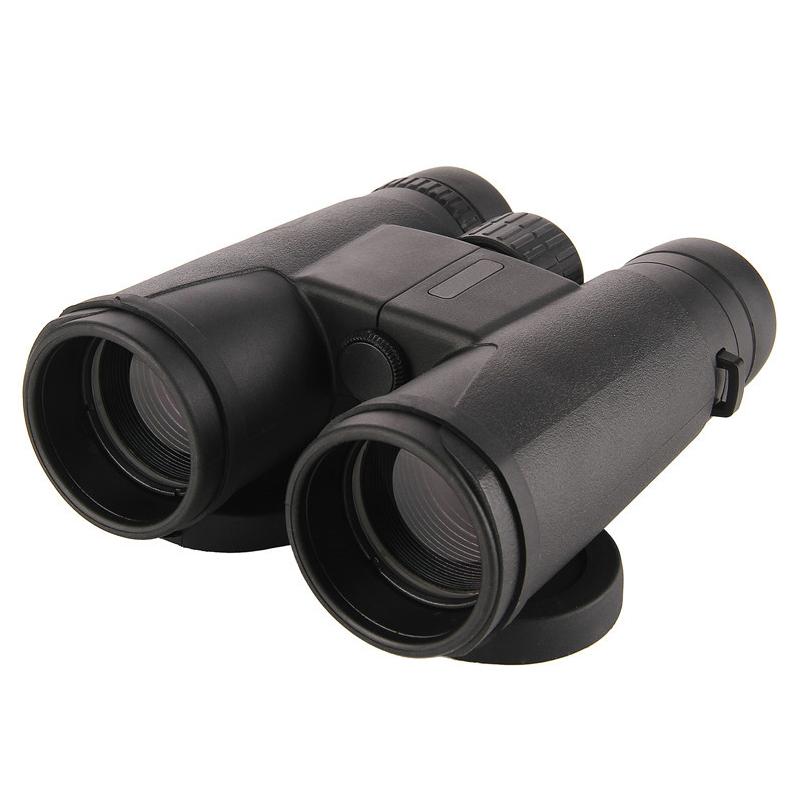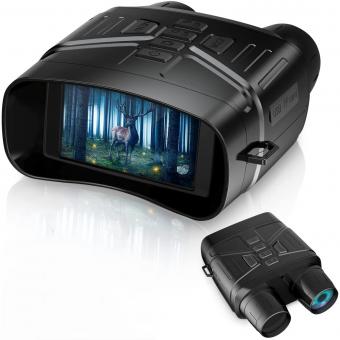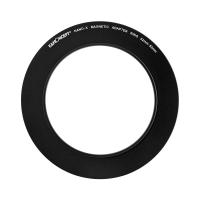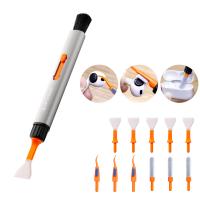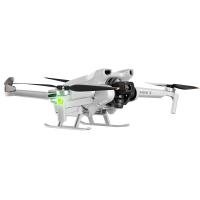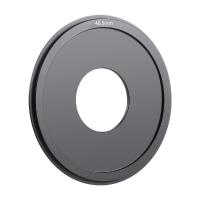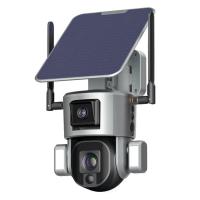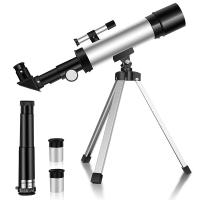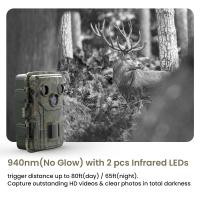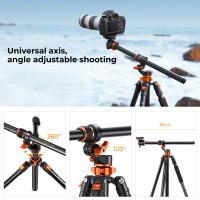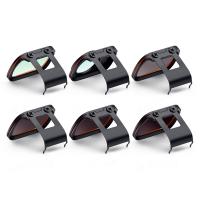Astronomy Binoculars What Can You See ?
With astronomy binoculars, you can see a variety of celestial objects in the night sky. These include the Moon, planets like Jupiter and Saturn, star clusters, nebulae, and even some galaxies. Binoculars with larger aperture and higher magnification will allow you to see more detail and fainter objects. However, it's important to note that while astronomy binoculars can enhance your stargazing experience, they have limitations compared to telescopes.
1、 Celestial Bodies: Stars, planets, moons, and other objects in the night sky.
Astronomy binoculars are a fantastic tool for exploring the night sky and observing celestial bodies. With these binoculars, you can see a wide range of objects that adorn our universe.
One of the most captivating sights you can observe with astronomy binoculars is the stars. These binoculars allow you to see stars in greater detail, revealing their different colors, brightness, and even some double stars. You can also spot star clusters, such as the Pleiades or the Beehive Cluster, which appear as a group of stars close together.
In addition to stars, astronomy binoculars enable you to observe planets in our solar system. With a good pair of binoculars, you can see the four largest moons of Jupiter, the phases of Venus, and the rings of Saturn. Mars, with its reddish hue, can also be observed, and if you're lucky, you might even catch a glimpse of Mercury or Uranus.
Furthermore, astronomy binoculars allow you to explore the Moon in detail. You can observe its craters, mountains, and even the dark patches known as lunar seas. The binoculars provide a more immersive experience, making you feel closer to our celestial neighbor.
Apart from these well-known objects, astronomy binoculars can also reveal other fascinating sights. You can observe comets as they pass by, capturing their tails and witnessing their journey through the night sky. Additionally, you may spot some of the brighter galaxies, nebulae, and even the International Space Station as it orbits the Earth.
It's important to note that the specific objects you can see with astronomy binoculars may vary depending on the quality of the binoculars and the conditions of the night sky. However, with a good pair of binoculars and clear skies, the possibilities for exploration are vast.

2、 Deep Sky Objects: Nebulae, galaxies, and star clusters visible with binoculars.
Astronomy binoculars can provide a fantastic view of the night sky, allowing you to observe a wide range of celestial objects. While they may not have the same magnification power as telescopes, they offer a wider field of view, making them ideal for observing large objects such as nebulae, galaxies, and star clusters.
Nebulae, which are vast clouds of gas and dust, can be particularly captivating when viewed through binoculars. The Orion Nebula (M42) is a popular target, located in the constellation Orion. It appears as a fuzzy patch of light and is one of the brightest and most easily visible nebulae in the night sky. Other notable nebulae that can be observed include the Lagoon Nebula (M8) and the Eagle Nebula (M16).
Galaxies, which are collections of billions of stars, can also be seen with astronomy binoculars. The Andromeda Galaxy (M31) is a prominent example and is the closest spiral galaxy to our own Milky Way. It appears as a faint, elongated smudge in the sky. The Triangulum Galaxy (M33) is another galaxy that can be observed, although it may appear more challenging due to its lower surface brightness.
Star clusters, which are groups of stars that formed from the same molecular cloud, are also visible with binoculars. The Pleiades (M45) is a well-known open star cluster that can be easily seen. It consists of several bright stars that form a small dipper-like shape. The Beehive Cluster (M44) is another beautiful cluster that can be observed.
It's important to note that the visibility of these objects may vary depending on factors such as light pollution and atmospheric conditions. However, with a clear and dark sky, astronomy binoculars can provide a rewarding experience, allowing you to explore the wonders of the deep sky.
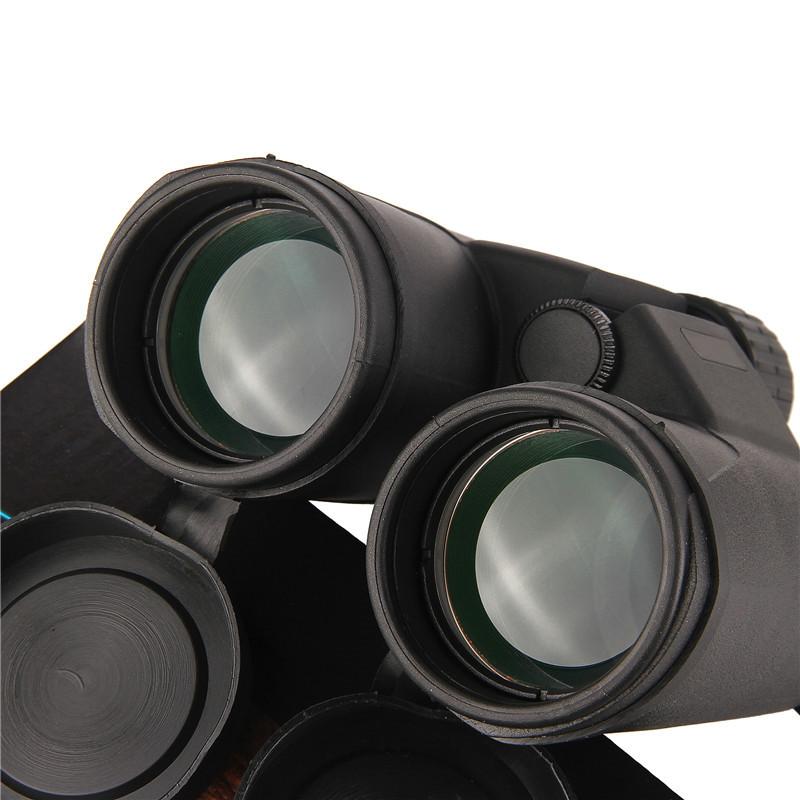
3、 Lunar Features: Craters, mountains, and other details on the Moon's surface.
Astronomy binoculars can provide a fascinating view of the night sky, allowing you to observe various celestial objects and phenomena. When it comes to the Moon, these binoculars can offer a closer look at its surface and reveal several lunar features.
One of the most prominent features visible through astronomy binoculars is the craters on the Moon's surface. These craters are formed by the impact of meteoroids and asteroids over millions of years. With binoculars, you can observe the different sizes and shapes of these craters, ranging from small, shallow ones to large, deep ones. Some notable craters that can be seen include Tycho, Copernicus, and Plato.
In addition to craters, astronomy binoculars can also reveal mountains on the Moon's surface. These lunar mountains are remnants of ancient volcanic activity and can be observed as rugged, elevated areas. The binoculars allow you to see the varying heights and slopes of these mountains, providing a sense of the Moon's geological history.
Furthermore, astronomy binoculars can help you observe other details on the Moon's surface, such as rilles and maria. Rilles are long, narrow depressions that resemble channels or valleys, while maria are large, dark, flat areas formed by ancient volcanic eruptions. These features can add depth and texture to your lunar observations.
It is important to note that the view through astronomy binoculars may vary depending on the quality of the binoculars and the atmospheric conditions. However, with advancements in technology, modern binoculars can provide clearer and more detailed views of lunar features.
In conclusion, astronomy binoculars can offer a captivating view of the Moon's surface, allowing you to observe lunar features such as craters, mountains, rilles, and maria. These observations can provide insights into the Moon's geological history and enhance your understanding of our celestial neighbor.
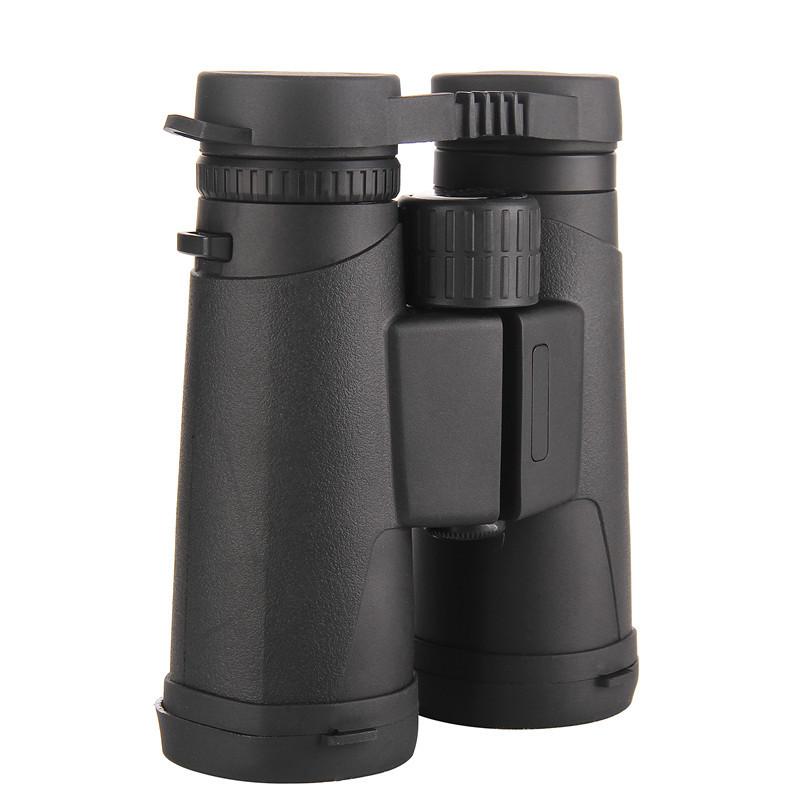
4、 Planetary Observations: Observe details on planets like Jupiter's moons or Saturn's rings.
Astronomy binoculars can offer a fascinating view of the night sky, allowing you to observe various celestial objects in more detail. When it comes to planetary observations, these binoculars can provide a unique perspective on our neighboring planets.
With astronomy binoculars, you can see details on planets such as Jupiter and Saturn. For instance, when observing Jupiter, you may be able to spot its four largest moons, known as the Galilean moons: Io, Europa, Ganymede, and Callisto. These moons are easily visible through binoculars and can be seen as small points of light surrounding the planet. Additionally, you might be able to observe the cloud bands on Jupiter's surface, which can appear as distinct stripes of different colors.
Saturn, another captivating planet, can also be observed with astronomy binoculars. One of the most exciting features to see through binoculars is Saturn's rings. These rings are made up of countless small particles of ice and rock, and they can be clearly seen as a thin, bright band surrounding the planet. With good binoculars, you may even be able to discern the Cassini Division, a gap in Saturn's rings.
It's important to note that the level of detail you can observe with astronomy binoculars may vary depending on the quality of the binoculars and the atmospheric conditions. However, advancements in technology have led to the development of high-quality binoculars that can provide impressive views of the planets.
In conclusion, astronomy binoculars can offer a unique and rewarding experience when observing planets. With these binoculars, you can potentially see Jupiter's moons and Saturn's rings, providing a glimpse into the wonders of our solar system.
